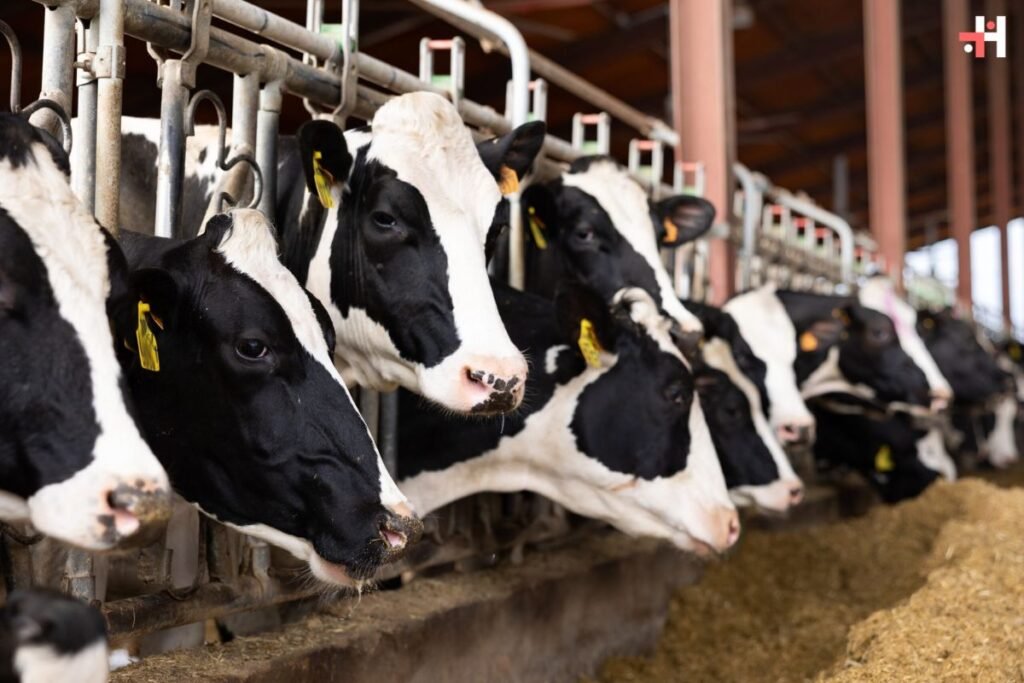[Source-Cattle Business Weekly]
The South Dakota Department of Agriculture and Natural Resources (DANR) and the Animal Industry Board (AIB) have confirmed the presence of avian flu in a dairy herd in South Dakota, marking the first such case in the state. This announcement comes amidst a series of avian flu outbreaks reported across the United States, with multiple states grappling with similar incidents.
20 Dairy Cattle Herds Nationwide have been Affected
According to the U.S. Department of Agriculture, the avian flu case in South Dakota was confirmed on April 9, aligning with simultaneous confirmations in New Mexico, Texas, and North Carolina. Since March 25, at least 20 dairy cattle herds nationwide have been affected by avian flu, highlighting the widespread nature of the outbreak.
Despite the concerning developments, authorities from the DANR and AIB have emphasized that there is currently no indication of any threat to the safety of the commercial milk supply or consumer health. In a joint news release, they reiterated the importance of pasteurization in safeguarding against bacterial and viral contaminants present in raw milk. The Centers for Disease Control (CDC) echo this sentiment, advising against the consumption of unpasteurized milk due to associated health risks.
The Prevalence of Pasteurized Milk as the Preferred Option for Human Consumption
State veterinarian Dr. Beth Thompson, speaking to KELOLAND News on March 29, underscored the prevalence of pasteurized milk as the preferred option for human consumption. She emphasized the proven efficacy of pasteurization in neutralizing pathogens, including influenza, thereby ensuring the safety of milk products for consumers.
In response to the avian flu outbreak, dairy operators are urged to remain vigilant and implement stringent biosecurity protocols to minimize the risk of further spread within their herds. Symptoms of avian flu in dairy cattle typically manifest as reduced lactation and appetite, serving as key indicators for early detection and intervention.
The Origins of the Avian Flu Infections in Dairy Herds have been Traced Back
The origins of the avian flu infections in dairy herds have been traced back to wild birds, highlighting the intricate relationship between wildlife and agricultural environments. Dr. Thompson emphasized the heightened risk posed by waterfowl migration, which can introduce infectious agents into dairy farm settings, as reported by KELOLAND News.
As authorities continue to monitor the situation and collaborate on containment efforts, the dairy industry remains resilient in its commitment to upholding stringent safety standards. Through collective vigilance and adherence to established protocols, stakeholders aim to mitigate the impact of avian flu outbreaks and safeguard the integrity of the dairy supply chain.










